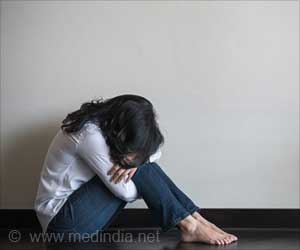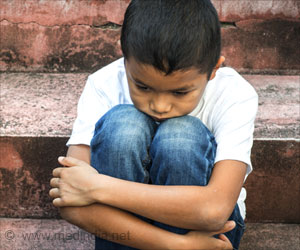Survey finds only about half of American children and teenagers who have certain mental disorders receive professional services
A nationally representative survey funded in part by the National Institute of Mental Health (NIMH) has found that only about half of American children and teenagers who have certain mental disorders receive professional services. The survey also provides a comprehensive look at the prevalence of common mental disorders.
The results are part of the National Health and Nutrition Examination Survey (NHANES), a collaboration between NIMH and the National Center for Health Statistics of the Centers for Disease Control and Prevention. The survey conducted from 2001 to 2004 had 3,042 participants. These most recent results include data from children and adolescents ages 8 to 15, and were published online ahead of print December 14, 2009, in the journal Pediatrics."Data on the prevalence of mental disorders among U.S. youth have been varied, making it difficult to truly understand how many children and teens are affected," said NIMH Director Thomas R. Insel, M.D. "These data from the NHANES survey can serve as an important baseline as we follow trends of mental disorders in children."
In the study, the young people were interviewed directly. Parents or caregivers also provided information about their children's mental health. The researchers tracked six mental disorders—generalized anxiety disorder (GAD), panic disorder, eating disorders (anorexia and bulimia), depression, attention deficit hyperactivity disorder (ADHD) and conduct disorder. The participants were also asked about what treatment, if any, they were receiving.
Overall, 13 percent of respondents met criteria for having at least one of the six mental disorders within the last year. About 1.8 percent of the respondents had more than one disorder, usually a combination of ADHD and conduct disorder. Among the specific disorders,
- 8.6 percent had ADHD, with males more likely than females to have the disorder;
- 3.7 percent had depression, with females more likely than males to have the disorder;
- 2.1 percent had conduct disorder;
- 0.7 percent had an anxiety disorder (GAD or panic disorder);
- 0.1 percent had an eating disorder (anorexia or bulimia).
Advertisement
Merikangas and colleagues also found that overall, 55 percent of those with a disorder had consulted with a mental health professional, confirming the trend of an increase in service use for childhood mental disorders, especially ADHD. However, only 32 percent of youth with an anxiety disorder sought treatment, a finding consistent with other studies. Moreover, African-Americans and Mexican-Americans were significantly less likely to seek treatment than whites, reiterating the need to identify and remove barriers to treatment for minority youth, noted the researchers.
Advertisement
Source-Eurekalert
RAS















